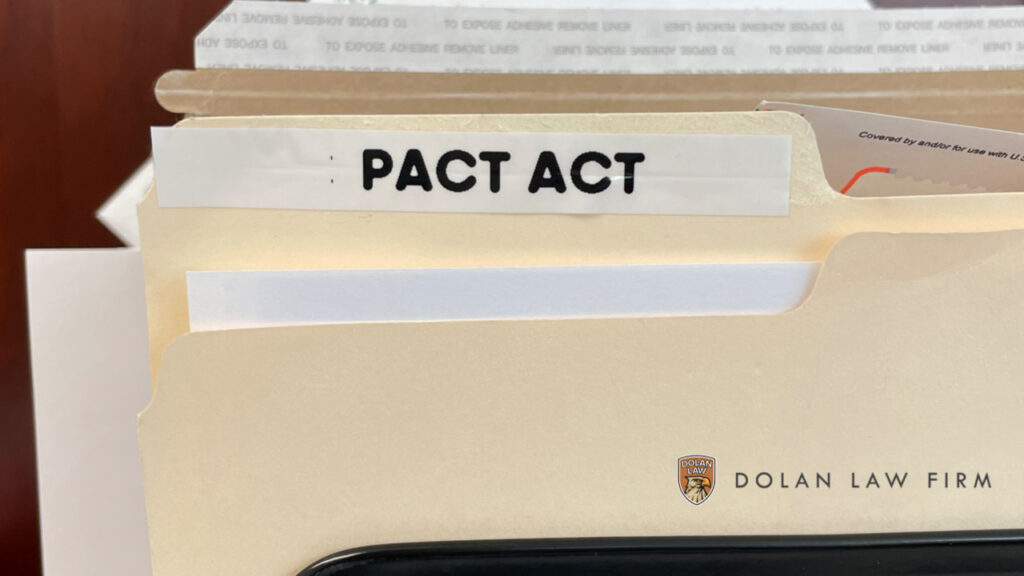Written By Chris Dolan and Megan Irish
This week’s question comes from Lino in San Francisco, who writes: I wondered, with Veterans Day last week, what is the government doing to protect those who’ve served these days. Is there anything new? I remember Joe Biden talking about making Veterans a priority, has he done so? How many veterans are there anyway?
Dear Lino,
Thanks for your question. Veteran’s Day was on Friday, November 11, this year. According to the US Census, there are approximately eighteen million veterans in the United States. President Biden has been working on Veterans benefits and has made several strides over his presidency by establishing presumptions for rare respiratory cancers, raising awareness of VA benefits related to military exposures, and increasing training for both VA and non-VA healthcare providers. Over nine million are enrolled in VA health care, under the care of some 370,000 medical professionals, in nearly 1300 health care facilities. The VA has also implemented a new network of specialized providers and a call center to improve care.
However, on August 10, 2022, President Biden signed a new law, the PACT ACT. The law expands health care and general benefits for veterans, and their surviving family members. The Act’s full name is Sergeant First Class Heath Robinson Honoring our Promise to Address Comprehensive Toxics (PACT) Act. It is the single most significant expansion in over thirty years to help veterans.
As we can all recognize, military services may expose our service members to substances that have increased adverse health risks for them. The White House has acknowledged risks like asthma, cancer, and other conditions that can take years to manifest. Therefore, it can be difficult for service members and veterans to establish the causal connection between the disabilities they suffer and their years in service to our country.
This new act is named after Sergeant First Class Heath Robinson. He was a combat medic who passed away from a rare lung cancer after years of service. The PACT Act improves access to health care screenings and services related to potential toxic exposures. The Act also gives post-September 11 veterans more time to seek VA health care resources, from the previous rule of five years from their date of discharge from service to ten years from their discharge. There is also an open enrollment period for veterans who otherwise do not meet these criteria. This means more veterans can enroll in care without having to demonstrate a service-connected disability.
This difference in VA process significantly changes how the VA makes its decisions on environmental exposure claims and increases veterans’ access to the care they need. This new Act also makes law the VA’s new process for reviewing exposure and service-related injury for chronic conditions. This law is important for individuals who have a hard time showing their specific health situation, but the overall picture of the aggregate injury is clear. There is also a requirement in the Act for the VA to have external input in their review process. This increased transparency should also speed up policy decisions on exposure concerns the VA has to evaluate.
The speed with which veterans can access their benefits is improved. PACT decreases paperwork and exams needed by veterans for twenty-three specific conditions veterans may develop before the veterans can access health care and disability compensation. There are eleven respiratory conditions, and several forms on cancer on this list, including reproductive cancers, melanoma, pancreatic cancer, kidney cancer and some brain cancers. If a veteran passes away from one of these specified conditions, his/her survivors may also be eligible to make a claim for benefits.
Under the requirements of PACT the VA will also be required to conduct new studies to evaluate the health trends of veterans who have served in Southwest Asia in the Gulf War, and 9/11 veterans. The studies will examine the impact of toxic exposures on these veterans. The VA will be convening a new interagency group to develop plans to further research toxic exposures.
There will be increased outreach and regular screening required, which may catch issues earlier, and improve treatment options and outcomes for the veterans. PACT will also enhance the education of those working for the VA so that they are better equipped to screen veterans for toxic exposure.
Finally, PACT invests in the VA, by authorizing thirty-one major medical health clinics and research facilities in nineteen states.
PACT will greatly improve access and benefits available to the Veterans in their time of need.










